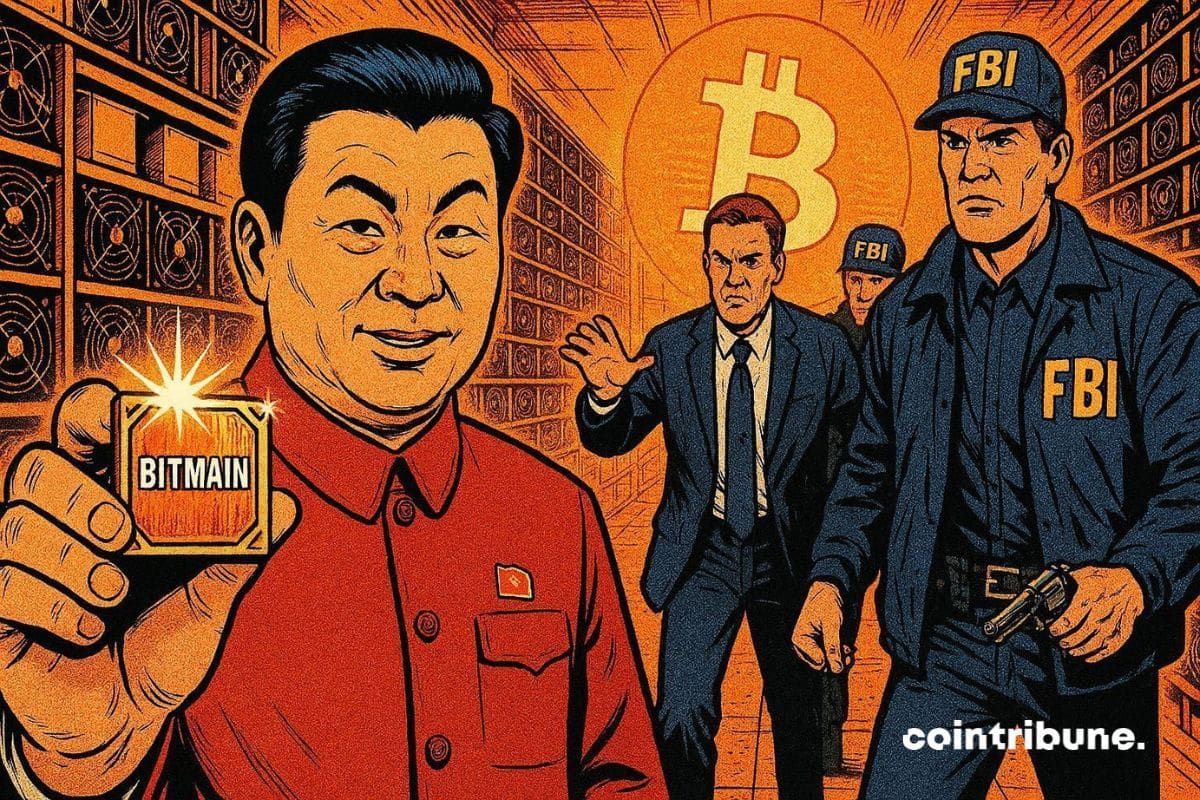Solana’s Alpenglow Upgrade and Technical Breakout: A Catalyst for Sustained Bullish Momentum?
- Solana's Alpenglow upgrade replaces PoH/TowerBFT with Votor/Rotor, achieving 150ms finality and 107k TPS, surpassing traditional payment networks. - Market reacts strongly: SOL price hits $215, institutional allocations reach $1.72B, and DeFi TVL hits $8.6B with 100M+ daily transactions at $0.0003 cost. - Risks include validator centralization via 1.6 SOL VAT fees, 20% fault tolerance reduction, and reliance on Anza's Agave client before alternatives mature. - Partnerships with Stripe/BlackRock and PSG1
Solana’s Alpenglow upgrade, currently under validator voting, represents a seismic shift in blockchain scalability and institutional adoption. By replacing Proof-of-History (PoH) and TowerBFT with Votor and Rotor protocols, the upgrade reduces transaction finality from 12.8 seconds to 150 milliseconds, enabling deterministic finality that rivals traditional payment networks like Visa and Nasdaq [1]. This technical breakthrough, coupled with a 40% reduction in latency and a 20+20 resilience model (allowing the network to function even if 20% of validators are adversarial or offline), positions Solana to dominate real-time applications such as high-frequency trading, gaming, and institutional-grade settlements [2].
The market has already priced in much of this potential. Solana’s price surged past $215 in August 2025, driven by record-high open interest in derivatives ($13.68 billion) and institutional allocations totaling $1.72 billion in Solana treasuries [3]. Staking yields of 7.16%—far outpacing Ethereum’s 3.01%—have created a compounding flywheel effect, with 64.8% of circulating SOL staked and liquid staking rates hitting 12.2% [4]. Meanwhile, DeFi Total Value Locked (TVL) reached $8.6 billion in Q2 2025, supported by protocols like Kamino and Raydium, which now process over 100 million daily transactions at an average cost of $0.0003 [5].
However, the upgrade’s economic model introduces risks. The Validator Admission Ticket (VAT) system, requiring 1.6 SOL per epoch, has reduced validator costs from $60,000/year to $1,000/year, democratizing participation but raising concerns about centralization if smaller validators struggle to meet the fixed fee [6]. Critics also highlight the network’s lowered fault tolerance (from 33% to 20%) and reliance on a single client (Anza’s Agave) before alternatives like Firedancer are production-ready [7].
Despite these challenges, the upgrade’s benefits are hard to ignore. Solana’s throughput of 107,540 TPS—far exceeding Ethereum’s 15–45 TPS—has attracted partnerships with Stripe, BlackRock , and SpaceX, while the launch of the Play Solana Gen 1 (PSG1) console in October 2025 further cements its consumer Web3 footprint [8]. Technical indicators, including a golden cross and RSI rebound, suggest a potential price target of $300, supported by ETF inflows and whale activity [9].
For investors, the question is timing. The Alpenglow upgrade’s community voting phase concluded on September 2, 2025, with 99% validator support, and activation is expected in early 2026 [10]. Those who entered during the Q1 2025 hype faced a 44.2% drop in Chain GDP by Q2, but current momentum—bolstered by institutional confidence and a 5.8:1 bullish-to-bearish sentiment ratio—suggests a more sustainable rally [11]. Diversification into Real-World Assets (RWAs) and staking ETFs could mitigate volatility while capitalizing on compounding returns [12].
In conclusion, Solana’s Alpenglow upgrade is not merely a technical milestone but a redefinition of blockchain’s role in global finance. While risks like validator centralization and client dependency persist, the network’s performance, institutional adoption, and economic flywheel make it a compelling long-term investment. For those aligned with the upgrade’s implementation timeline and the broader market’s readiness to embrace Solana’s next phase, the current price surge appears justified.
Source:
[5] Solana's 2025 Surge: Scalability Breakthroughs and DeFi's Resilient Growth [https://www.bitget.com/news/detail/12560604937406]
[6] Solana Validators Gamble on Speed vs. Stability in High-Stakes Alpenglow Vote
[8] Solana Price Surge Amid Alpenglow Upgrade and PSG1 Console Launch [https://www.bitget.com/asia/news/detail/12560604936858]
Disclaimer: The content of this article solely reflects the author's opinion and does not represent the platform in any capacity. This article is not intended to serve as a reference for making investment decisions.
You may also like
Deconstructing DAT: Beyond mNAV, How to Identify "Real vs. Fake HODLing"?
There is only one iron rule for investing in DAT: ignore premium bubbles and only invest in those with a genuine flywheel of continuously increasing "crypto per share."

Empowered by AI Avatars, How Does TwinX Create Immersive Interaction and a Value Closed Loop?
1. **Challenges in the Creator Economy**: Web2 content platforms suffer from issues such as opaque algorithms, non-transparent distribution, unclear commission rates, and high costs for fan migration, making it difficult for creators to control their own data and earnings. 2. **Integration of AI and Web3**: The development of AI technology, especially AI Avatar technology, combined with Web3's exploration of the creator economy, offers new solutions aimed at breaking the control of centralized platforms and reconstructing content production and value distribution. 3. **Positioning of the TwinX Platform**: TwinX is an AI-driven Web3 short video social platform that aims to reconstruct content, interaction, and value distribution through AI avatars, immersive interactions, and a decentralized value system, enabling creators to own their data and income. 4. **Core Features of TwinX**: These include AI avatar technology, which allows creators to generate a learnable, configurable, and sustainably operable "second persona", as well as a closed-loop commercialization pathway that integrates content creation, interaction, and monetization. 5. **Web3 Characteristics**: TwinX embodies the assetization and co-governance features of Web3. It utilizes blockchain to confirm and record interactive behaviors, turning user activities into traceable assets, and enables participants to engage in platform governance through tokens, thus integrating the creator economy with community governance.

Aster CEO explains in detail the vision of Aster privacy L1 chain, reshaping the decentralized trading experience
Aster is set to launch a privacy-focused Layer 1 (L1) public chain, along with detailed plans for token empowerment, global market expansion, and liquidity strategies.

Bitcoin Under Pressure Despite Fed Optimism
